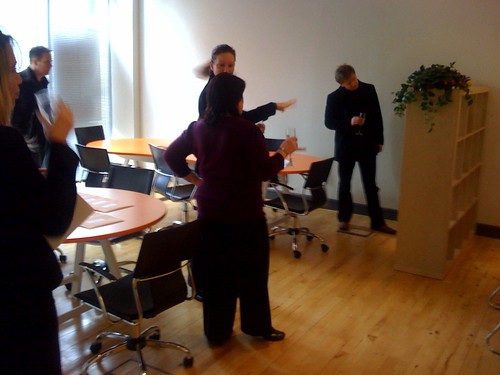Seattle Designer on Connecting Homes With the Great Outdoors
Connecting #Connecting

As a Tacoma, Washington, native who grew up spending much of his leisure time outdoors, interior designer Tim Pfeiffer has always had an affinity toward biophilia.
A partner at the Seattle-based architecture firm Hoedemaker Pfeiffer, he views it as an aesthetic that’s of the moment yet timeless all at once.
“Biophilic design is meditative and transportive,” Pfeiffer said. “It puts you in the outdoors and is a look that’s not hard to incorporate in your home.”
Pfeiffer, who previously worked at Rockwell Group where he helped launch the Shinola brand, has built a career on creating spaces that speak to the on trend but classic style that he has long favored. He incorporates biophilia into his projects as often as possible including in high-end homes throughout the Seattle area.
Pfeiffer spoke to Mansion Global about incorporating biophilic design into your space, challenges he faces when building homes and more.
More: Post Wildfires, Hawaii Housing Market Is Gaining Momentum Again
Mansion Global: What does ‘designing for the great outdoors’ mean to you and your firm?
Tim Pfeiffer: We are so fortunate to design properties in spectacular natural settings. Waterfront or major view properties demand a focus on the integration of the outdoor experience in the design development of those projects. Seasonal structures, bunk houses, pools, outdoor kitchens, dining and lounge spaces with fire features are all components that ensure connection to the natural world.
Are there certain elements of biophilia you include in every project?
The interior spaces focus on natural materials for texture, visibility and smell. Many aspects of the homes we design evoke memories with fresh cedar paneling and reclaimed timber and wet stone terraces Every window or passageway has an intentional focus on the land or seascape beyond. We also bring the outside in with the exterior wood or stacked stone cladding.
More: ‘Living With Fine Art Is Transformative,’ Says Interior Designer and Gallerist
What advice do you have for incorporating biophilic design in your bedroom or unexpected spaces such as the bathroom or kitchen?
Baffled plantings [those that grow in multiple directions] create privacy around windows that open fully to engage the outdoors in a bathing or shower setting. A raised bed herb garden visibly adjacent to the kitchen brings fragrance and beauty to a utilitarian area begging to be harvested. The creation of a private green walled patio or terrace of a bedroom combines the intimacy of that built living space with the natural environment.
What are common challenges you’ve faced when designing and building?
Challenging site restrictions may confront some clients’ expansive desires for their site. Principally, waterfront setbacks, steep slope conditions, wetlands, archaeological reviews and regional code limitations associated with these dynamic properties are all commonplace. Once approved, building on isolated sites offer the next challenge when roads or ferry services don’t exist. General contractors and material deliveries may need delivery by water taxi or barge and crane to a beachfront.
MANSION GLOBAL BOUTIQUE: The New Old School: Eclectic Grandpa Home Decor
How do you see biophilia evolving in the years ahead?
As the challenges to our environment continue and natural space becomes a more important amenity, residential and commercial designers and developers will watch the demand for elements of this philosophy grow.
This interview has been edited for length and clarity.
Click to read more luxury real estate professionals share their insights